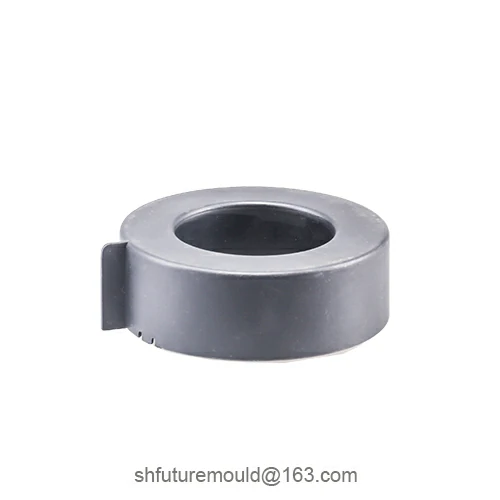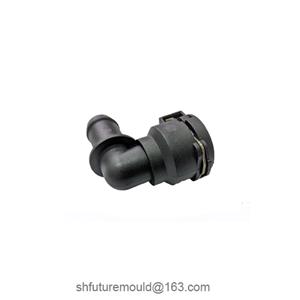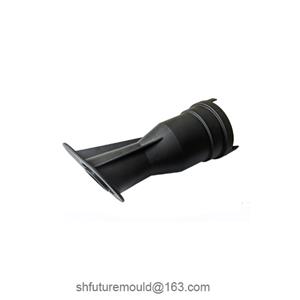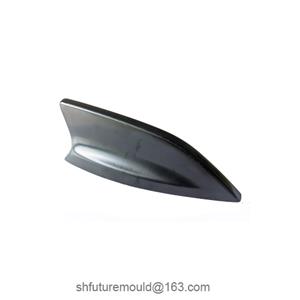Types and Applications of Hot Runner Systems
Hot runner systems are an essential part of modern injection mold design. They can effectively improve production efficiency, reduce waste, and ensure high-quality injection-molded products. The main function of the hot runner system is to heat the plastic flow channels in the mold, maintaining the plastic’s fluidity throughout the injection molding cycle and thereby enhancing the stability of the molding process.
Types of Hot Runner Systems
Hot runner systems can be divided into various types based on their structure, function, and application. Here are some common types of hot runner systems:
1. Open Hot Runner:
The open hot runner system has excellent thermal conductivity, which effectively shortens the cooling time of the melt in the nozzle, improving injection efficiency. It is typically used in micro semi-hot runner systems, featuring a simple structure and low maintenance costs.
2. Closed Hot Runner:
The closed hot runner system is made from materials with better thermal conductivity, which effectively reduces heat loss, enhancing both production efficiency and product quality. It is suitable for the production of small to medium-sized injection molded parts and is one of the most common types of hot runner systems.
3. Needle Valve Hot Runner:
The needle valve hot runner system has a valve at the nozzle, which can control the flow of the melt as needed. This system is often used in insulation runners, saving materials and producing molded parts with smooth surfaces, compact internal structure, and high strength. Needle valve hot runners are ideal for injection molding processes that require precise control over flow and temperature, allowing for multi-color, multi-material, or insert injection molding.
Applications of Hot Runner Systems
Hot runner systems have broad applications in the plastic injection molding field, primarily in the following areas:
1. Improving Injection Molded Part Quality:
Hot runner systems can precisely control the flow of the melt, reducing defects in the injection molding process such as flow marks, air bubbles, and warping. This helps improve the dimensional accuracy, surface quality, and mechanical properties of the molded parts, meeting the market’s demand for high-quality products.
2. Reducing Production Costs:
Hot runner systems enable quick mold changeovers and multi-cavity injection molding, improving production efficiency. At the same time, by reducing raw material waste and scrap rates, they further lower production costs.
3. Energy Saving and Emission Reduction:
Hot runner systems adopt efficient thermal insulation measures to reduce heat loss, saving energy.
- Injection Mold
- Automotive Injection Mold
- Electronics & Electrical Injection Mold
- Consumer Goods Injection Mold
- Airplane Components Injection Mold
- Medical Components Injection Mold
- Irrigation Components Injection Mold
- Injection Molds




